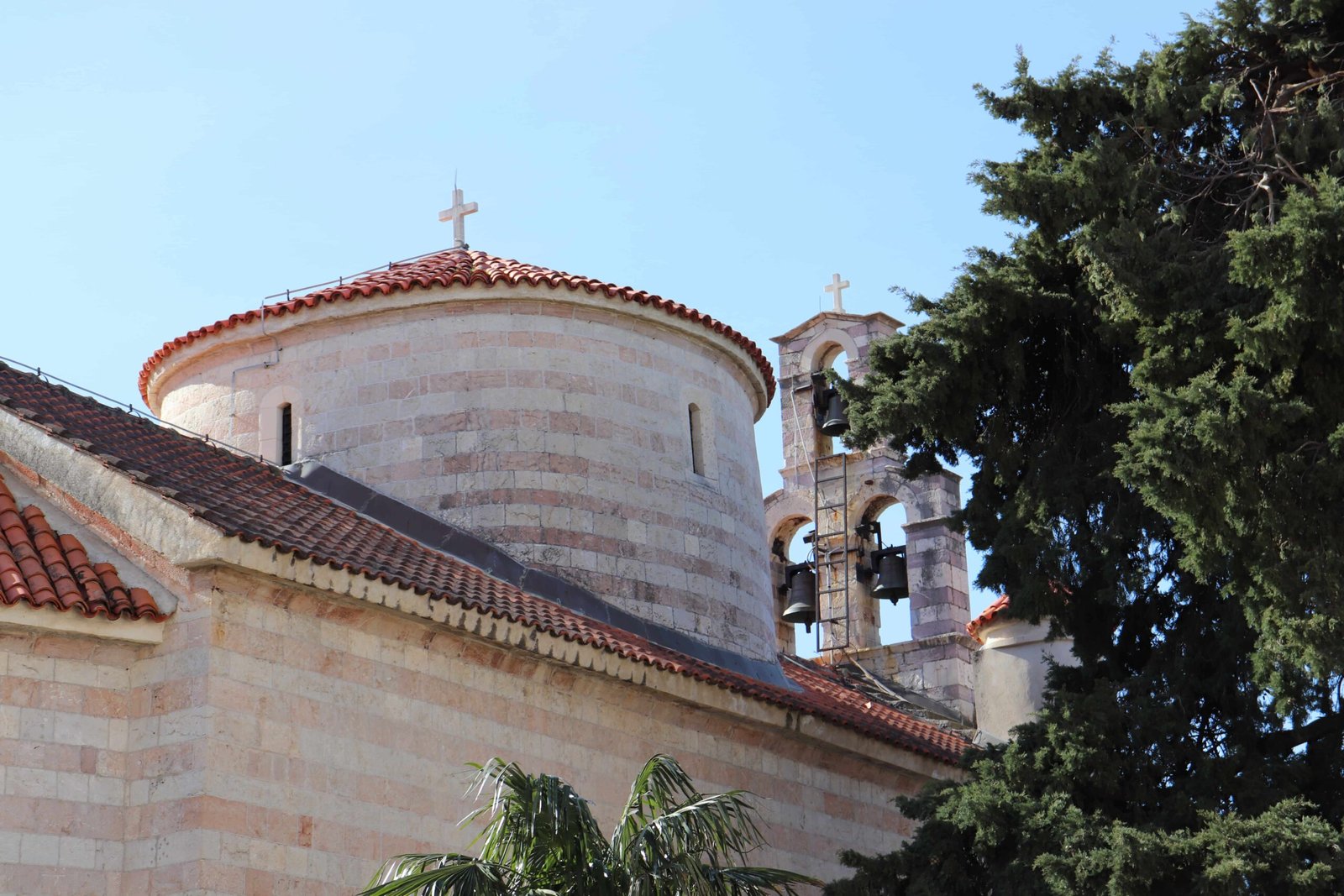Nakon završetka prevlasti Mletačke republike nad Budvom (1442-1797) i dominacije rimokatoličke crkve, postepeno dolazi do odobravanja gradnje crkava za pravoslavno stanovništvo. Izgradnja crkve Svete Trojice trajala je od 1798. do 1804. Kulturološki, istorijski i umjetnički značaj crkve Svete Trojice čini da se ona svrstava u posebno kulturno dobro na teritoriji budvanskog primorja. Njen umjetnički kontekst nastao je kao jedinstvena mješavina venecijanske i postvizantijske umjetničke prakse. Mješavina zapadne i istočne srednjovjekovne ikonografije može se sagledati na bogatom ikonostasu, djelu grčkog zografa Nauma Zetirija (1836), porijeklom sa ostrva Milosa, čiji se potpis nalazi ispod centralne predstave Raspeća. Reprezentativne umetničke karakteristike bogoslužbenih predmeta svjedoče o značaju ovog jedinstvenog sakralnog zdanja. U sjeverozapadnom dijelu porte crkve nalazi se grob najznačajnijeg pisca sa ovih prostora – Stefana Mitrova Ljubiše (1824-1878).

23. Vrata od Murava
Vrata od Murava nalaze se na južnom bedemu grada. Ovaj prolaz povezuje untrašnjost grada sa plažom, odnosno izlazom na more.



